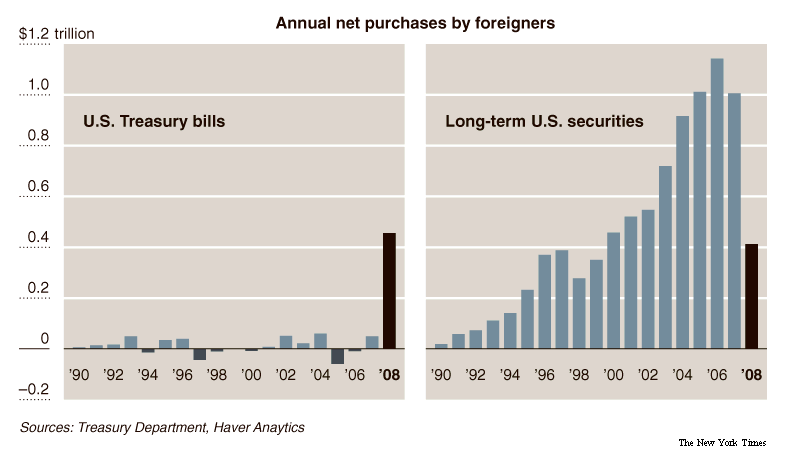Think getting out of this mess is going to be easy or painless? After hearing this NPR story this AM driving to work, Obama’s face on the “Hope” sticker on the car in front of me just looked pained and sad.
David Beim, a former banker who is now a professor at the Columbia Business School, has something to say for people who want to pin this whole thing on the banks.
He has a chart illustrating how much debt American citizens owe, how much we all owe — with our mortgages and credit cards — compared to the economy as a whole. For most of American history, that consumer debt level represented less than 50 percent of the total U.S. economy, as measured by gross domestic product.
And then …
“From 2000 to 2008, it’s almost a hockey stick. It just goes dramatically upward,” Beim says. “It hits 100 percent of GDP. That is to say, currently, consumers owe $13 trillion when GDP is $13 trillion. That is a ton.”
This has happened before. The chart shows two peaks when consumer debt levels equaled the GDP: One occurred in 2007, the other in 1929.
And that scares Beim.
“That chart is the most striking piece of evidence that I have that what is happening to us is something that goes way beyond toxic assets in banks. It’s something that has little to do with the mechanics of mortgage securitization, or ethics on Wall Street, or anything else,” Beim says. “It says: The problem is us. The problem is not the banks, greedy though they may be, overpaid though they may be. The problem is us.”
Gold bugs will no doubt remember that one of the key tools for jacking us out of the Depression ditch was devaluing the dollar 40% in 1933 when FDR took the country off the gold standard. Here’s a video with newsreel footage from that period. And here are a couple of charts of US private indebtedness over the last 100 years.And here’s our hope.




